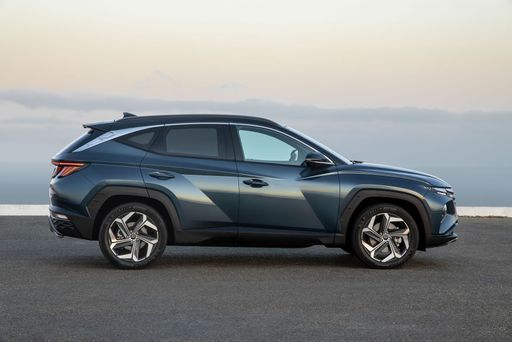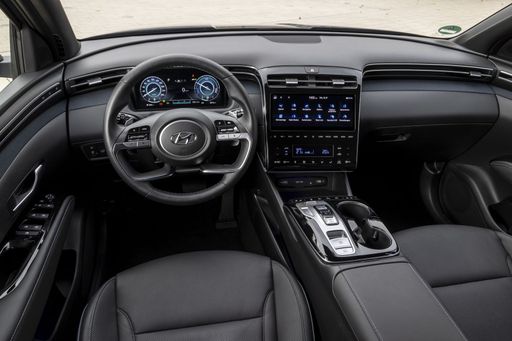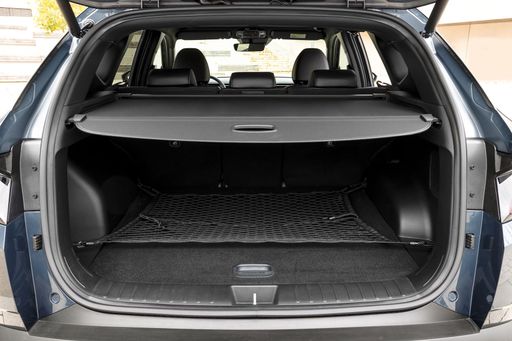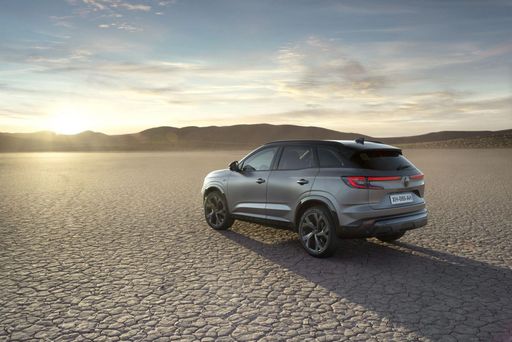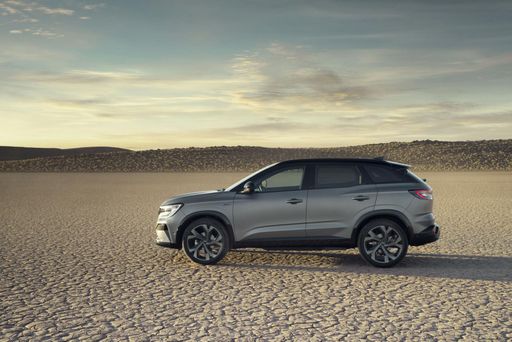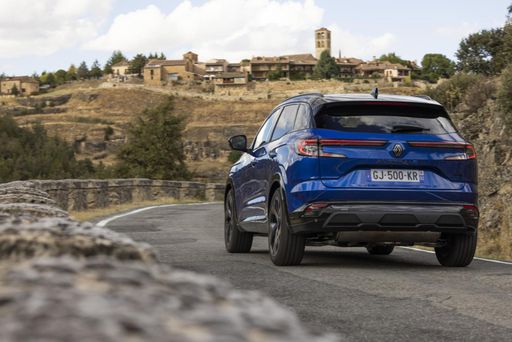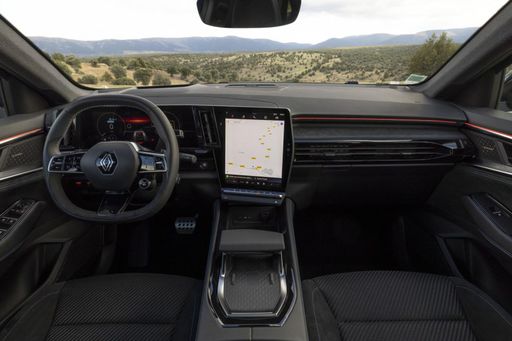Engine Performance and Efficiency
Both the Hyundai Tucson and Renault Austral offer a variety of engine options, catering to the diverse demands of the modern driver. The Tucson is particularly versatile with its wide range of powertrains, including Diesel MHEV, Petrol MHEV, Full Hybrid, and Plugin Hybrid options. It boasts power figures reaching up to 252 HP, coupled with all-wheel drive capabilities on select variants, a clear advantage for those seeking power and traction.
In contrast, the Renault Austral focuses on petrol-driven efficiency with its Petrol MHEV and Full Hybrid systems. It delivers a maximum of 200 HP, which, while slightly less powerful than the Tucson's top offerings, is backed by an impressive consumption rate as low as 4.7 L/100 km for the Full Hybrid variant. The Austral shines with its emphasis on fuel economy, making it a strong contender for eco-conscious drivers.



